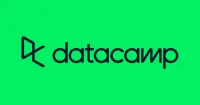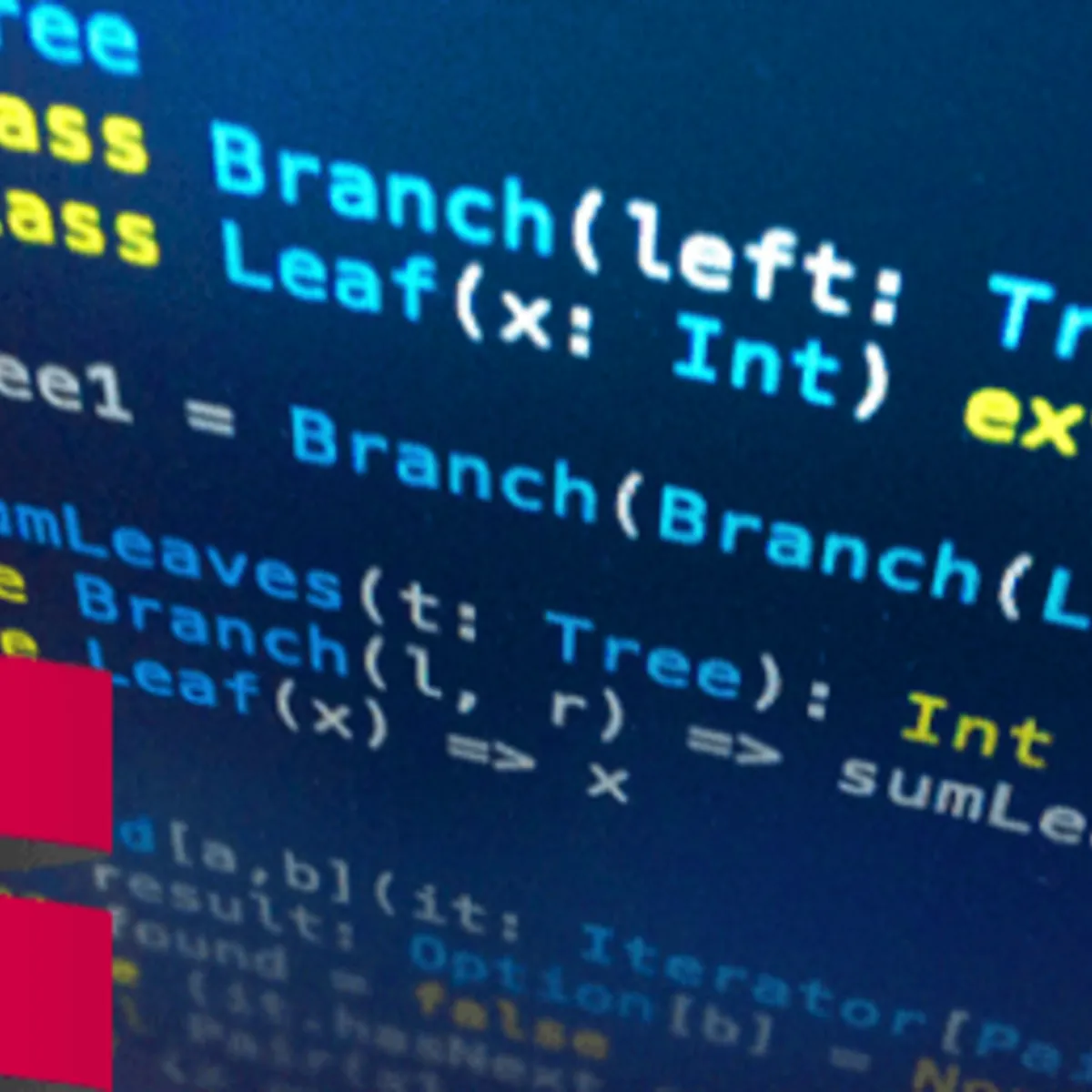
Market Basket Analysis in Python 
Learn the fundamentals of Market Basket Analysis in Python, including association rules, metrics, and pruning. This course will help you understand how to use these methods to assist a small grocery store in improving its promotional and product placement efforts. You will learn how to evaluate association rules using six metrics: supply, confidence, lift, conviction, leverage, and Zhang's metric. You will also learn how to use association rules and metrics to help a library and an e-book seller. Finally, you will learn how visualisations are used to guide the pruning process and summarise final results, which are typically itemsets or rules. ▼
ADVERTISEMENT
Course Feature
![]() Cost:
Cost:
Free Trial
![]() Provider:
Provider:
Datacamp
![]() Certificate:
Certificate:
No Information
![]() Language:
Language:
English
Course Overview
❗The content presented here is sourced directly from Datacamp platform. For comprehensive course details, including enrollment information, simply click on the 'Go to class' link on our website.
Updated in [June 30th, 2023]
This course provides an introduction to Market Basket Analysis (MBA) in Python. Students will learn the fundamentals of MBA, including association rules, metrics, and pruning. Through exercises, students will apply these methods to assist a small grocery store in improving its promotional and product placement efforts.
The course will cover six metrics used to evaluate association rules: supply, confidence, lift, conviction, leverage, and Zhang's metric. Students will use association rules and metrics to help a library and an e-book seller. Visualisations will be used to guide the pruning process and summarise final results, which are typically itemsets or rules.
By the end of the course, students will have a comprehensive understanding of MBA and be able to apply it to real-world scenarios.
[Applications]
After completing this course, students will be able to apply Market Basket Analysis to real-world scenarios. They will be able to use the six metrics to evaluate association rules, and use visualisations to guide the pruning process and summarise final results. Additionally, they will be able to use the techniques learned to assist a small grocery store in improving its promotional and product placement efforts, as well as a library and an e-book seller.
[Career Path]
The career path recommended to learners of this course is a Data Analyst specializing in Market Basket Analysis. A Data Analyst specializing in Market Basket Analysis is responsible for analyzing customer data to identify patterns and trends in customer behavior. They use this data to develop strategies to increase sales and improve customer experience. They also use market basket analysis to identify opportunities for cross-promotions and product placement.
The development trend for this job position is to use more advanced analytics techniques such as machine learning and artificial intelligence to gain deeper insights into customer behavior. Data Analysts specializing in Market Basket Analysis must also be able to interpret and communicate the results of their analysis to stakeholders in order to make informed decisions. Additionally, they must stay up to date with the latest trends in the industry and be able to adapt their strategies accordingly.
[Education Path]
The recommended educational path for learners of Market Basket Analysis in Python is to pursue a degree in Data Science. Data Science is a field of study that combines mathematics, statistics, computer science, and domain knowledge to extract insights from data. It involves the use of algorithms, machine learning, and data visualization to analyze and interpret data.
A Data Science degree typically includes courses in mathematics, statistics, computer science, and domain knowledge. It also includes courses in data mining, machine learning, and data visualization. Additionally, students may take courses in data engineering, data analysis, and data management.
The development trend of Data Science is towards the use of more sophisticated algorithms and techniques to extract insights from data. This includes the use of artificial intelligence, natural language processing, and deep learning. Additionally, data scientists are increasingly using cloud computing and big data technologies to analyze and interpret large datasets.
Course Syllabus
Introduction to Market Basket Analysis
Association Rules
Aggregation and Pruning
Visualizing Rules
Course Provider

Provider Datacamp's Stats at AZClass
Discussion and Reviews
0.0 (Based on 0 reviews)
Explore Similar Online Courses

Microsoft Azure Data Fundamentals DP-900 Exam Prep

Paradigms of Computer Programming : Fundamentals

RDBMS PostgreSQL

Intro To PostgreSQL Databases With PgAdmin For Beginners

PostgreSQL: Client Applications

Mastering SQL using Postgresql

Database Design and Basic SQL in PostgreSQL

PostgreSQL: Advanced Queries

Spatial SQL with Postgres : A language for geographers

Learn SQL Using PostgreSQL: From Zero to Hero

PostgreSQL Essential Training


Start your review of Market Basket Analysis in Python